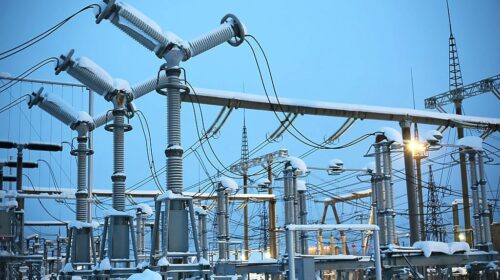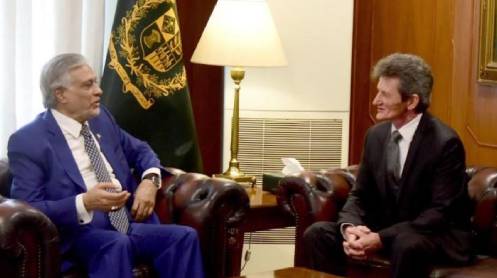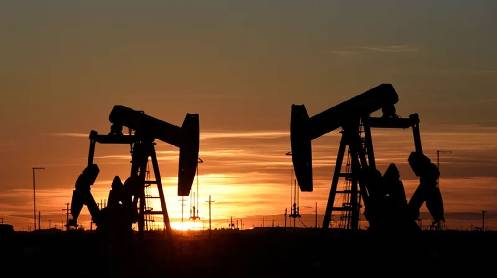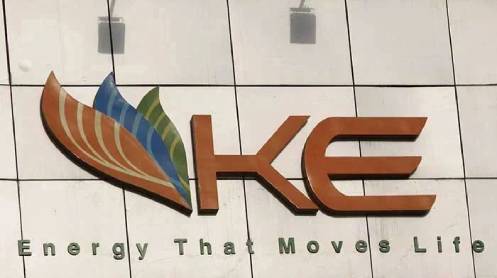The National Electric Power Regulatory Authority (Nepra) on Wednesday allowed ex-Wapda Distribution Companies (Discos) to charge about nine paise per unit higher rates to their consumers under monthly fuel cost adjustment (FCA) for electricity consumed in September.
At a public hearing presided over by Nepra Chairman Tauseef H. Farooqui and members Rafique Shaikh and Maqsood Anwar Khan, the regulator took up a petition from Central Power Purchasing Agency (CPPA) on behalf of 10 Discos for about 20 paise per unit increase in FCA to mop up about Rs2.5 billion additional revenue next month.
The regulator, however, worked out an increase of nine paise per unit on account of fuel charges for September. The regulator said it would issue a formal notification after verification of evidence and invoices. The additional FCA shall apply to all the consumer categories except Electric Vehicle Charging Stations (EVCS) and lifeline consumers of all the Discos and shall be shown separately in the consumers’ bills based on units billed to the consumers in September and reflect them in November’s bills.
The Discos’ FCA is also now on the lower side compared to Rs8-9 per unit in previous months mainly because of an increase in nationwide uniform base tariff that has gone up by Rs7 per unit in July, the improved share of cheaper domestic fuels, particularly priceless hydropower generation and inexpensive nuclear power. The total power generation from domestic fuels stood at about 66pc in September.
The biggest contribution to the overall power grid came from hydropower with almost 34pc share. Hydropower has no fuel cost. The lower availability of expensive imported RLNG also came as a blessing in disguise to consumers.
The CPPA claimed that the consumers were charged a reference fuel cost of Rs9.91 per unit in September, but the actual cost turned out to be Rs10.12 per unit, hence an additional charge of about 20 paise per unit to consumers.
Data shows that about 66pc share of domestic fuel sources in overall power generation in September was even higher than 64pc share both in July and August unlike 51.58pc share in June which was slightly lower than 54pc in May. The share of domestic fuel-based power generation had stood at 50pc in April and 45pc in March.
After hydropower, the nuclear power plants’ contribution rose to 18pc in September from 13.3pc in August. This was followed by 14pc share of power supply from imported RLNG-based power plants in September against 12.4pc in August and 15pc July unlike a significantly higher contribution of 24.43pc in June and 23pc in May.
The share of coal-based power plants dropped in September to 11.2pc compared to 15.4pc in August, 12.74pc in July, 13.6pc each in June and May. The coal-based generation has come down from 16.74pc in April and 25pc in March because of low coal stocks amid financial limitations of power producers and higher global prices.
The share of domestic gas in power generation almost remained unchanged at 9.4pc in September as it was in August. Gas power generation stood at 10.36pc in July, 11pc in June and 10pc in May and April. The residual fuel oil-based generation stood at 8.4pc in September compared to 7.3pc in August, 6.2pc in July, down from 10.48pc in June because of improved production from nuclear and hydropower.
The cost of power generation from domestic gas increased to Rs10.75 per unit in September compared to Rs10.5 per unit in August, Rs9.96 per unit in July, Rs8.90 per unit in June.
Three renewable energy sources — wind, bagasse and solar — together contributed about 4.5pc power supply in September, almost unchanged when compared to August and July. Wind and solar have no fuel cost, while that of bagasse has been calculated at Rs5.98 per unit — unchanged.





